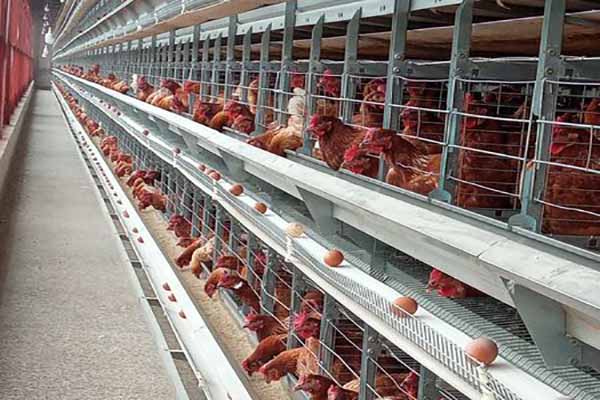Battery Cage Business Plan in Kenya: A Comprehensive Guide
Understanding the Market and Opportunities
The poultry industry in Kenya has been witnessing significant growth, with a rising demand for eggs and chicken meat. As a result, investing in a battery cage business can be a lucrative venture. This article provides a comprehensive business plan for starting a battery cage business in Kenya, highlighting the market opportunities, costs, and strategies for success.
Market Analysis
According to the Kenya Poultry Industry Association, the demand for poultry products in Kenya is expected to grow by 7% annually. With a population of over 50 million, the market potential for battery cage farming is substantial. Additionally, the government’s focus on improving food security and reducing import dependence has further bolstered the industry.
Business Model
The battery cage business model involves rearing chickens in battery cages, which are stacked vertically. This method maximizes space and reduces the risk of disease transmission. Here are the key components of the business model:
- Land acquisition: Choose a location with easy access to transportation and a reliable power supply.
- Chicken breeds: Select high-yielding chicken breeds such as layer hens, broilers, and ducks.
- Feeds and supplements: Invest in high-quality feeds and supplements to ensure optimal growth and productivity.
- Equipment: Purchase battery cages, feeders, waterers, and other necessary equipment.
- Staff: Hire skilled workers to manage the farm and ensure the health and well-being of the chickens.
Costs and Investments
Starting a battery cage business in Kenya requires an initial investment of approximately KES 10 million (USD 95,000). Here are the key cost components:
- Land acquisition: KES 1 million (USD 9,500)
- Chicken breeds: KES 1 million (USD 9,500)
- Feeds and supplements: KES 1 million (USD 9,500)
- Equipment: KES 6 million (USD 57,000)
- Staff: KES 1.5 million (USD 14,300)
Revenue and Profitability
The average revenue per battery cage is KES 2,000 (USD 19) per month. Assuming a farm with 10,000 battery cages, the monthly revenue would be KES 20 million (USD 190,000). After accounting for costs, the profit margin can be around 30%.
Strategies for Success
To ensure the success of your battery cage business in Kenya, consider the following strategies:
- Quality products: Maintain high standards in terms of chicken breeds, feeds, and equipment.
- Market research: Stay updated with market trends and consumer preferences.
- Networking: Build relationships with distributors and retailers to expand your market reach.
- Regulatory compliance: Adhere to local regulations and guidelines for poultry farming.
Conclusion
Starting a battery cage business in Kenya requires careful planning and execution. By understanding the market, managing costs effectively, and implementing strategic approaches, you can create a successful poultry farming business. For more information and a free chicken farming design and equipment quotation, contact us at Livi Mechanical.





